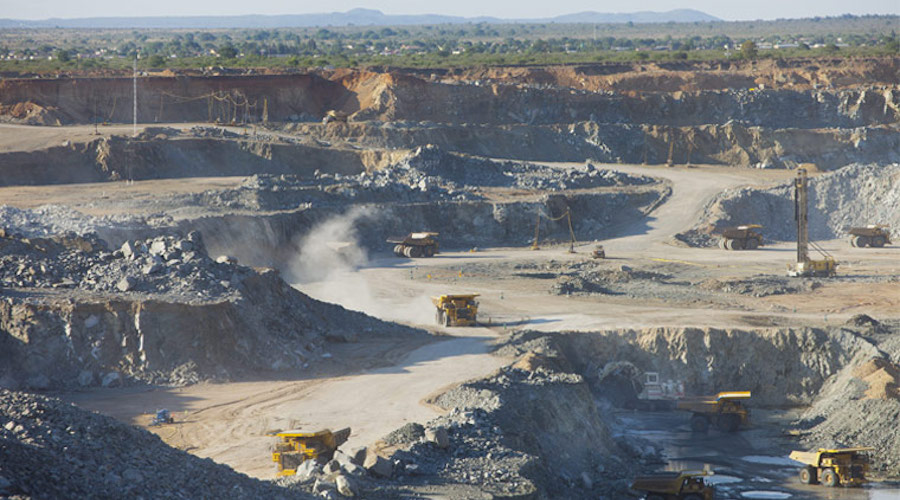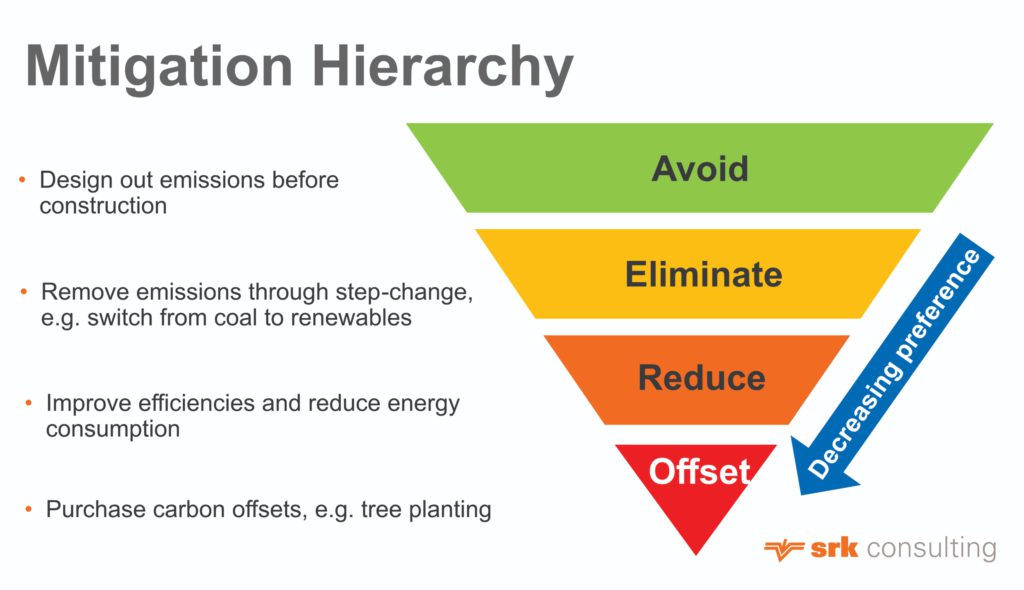Large commodity customers to lean towards low-carbon emitters – report

Following international climate change commitments to reduce carbon emissions subscribed at COP26, large consumers of commodities are examining the plans that mines have in place to cut their emissions – as well as the progress to date that might suggest how successful these plans will be.
“In essence, consumers and their host countries will be looking to the mining sector for a considerable portion of their carbon ‘savings’ in the years to come,” a new report by SRK Consulting states.
For Andrew van Zyl, author of the report, mines will be expected to, firstly, avoid emissions by designing them out of their operations even before construction begins. Secondly, they must eliminate emissions as far as possible by switching to renewable sources of power. Thirdly, there must be ongoing efforts to reduce energy consumption – and hence emissions – by improving efficiencies across a range of activities related to mineral extraction. And finally, those remaining carbon emission levels will need to be offset by investment and initiatives in options like tree planting.

“It is encouraging to note the progress that has been achieved to date across these categories,” van Zyl writes. “Mining companies are employing a range of modern technologies including electric vehicles, and many are generating their own energy from micro-grids powered from renewable sources like solar and hydropower.”
The analyst highlights the case of South Africa, a country that has recently seen considerable appetite from mining companies to self-generate at least part of their energy needs from solar installations.
“The regulatory door has now been opened by the government to allow projects of less than 100 MW capacity to proceed without special licenses,” the report reads. “Given the constraints facing the national grid, such moves will be driven as much by energy security needs as by environmental concerns.”
Technology helps cut emissions
Van Zyl says other technical advancements include changes to the grinding and flotation flowsheet, with some mines already moving from traditional semi-autogenous milling to vertical roller mill technology.
He puts the spotlight on two smelters in South Africa, one that has made use of thermal harvesting to save power, and another that installed the locally developed ConRoast process a decade ago already to reduce energy demand.
In the analyst’s view, hydrogen fuel cells, which are intended to power dump trucks and large equipment, hold great promise for reducing or eliminating key sources of carbon dioxide emissions if hydrogen can be produced from renewable energy.
“Global mining major Anglo American – which is already investing in renewable hydrogen production technology at its Mogalakwena PGM mine – recently announced it is looking into a collaboration to develop a ‘hydrogen valley’ in South Africa,” the report reads.
“This 835-kilometre zone hopes to help integrate hydrogen into the economy; it will capitalize on the country’s PGM resources and renewable energy potential to revitalize and decarbonize key industrial sectors.”
For SRK Consulting, forward-looking miners see the competitive edge to be gained by being a low-carbon emitter, and it is highly likely that large commodity customers will choose to buy – all things being equal – from the lowest emitter.
More News
Gold price slumps as traders mull rate outlook
Gold fell the most in a week as the dollar hit a multi-month high.
November 04, 2025 | 02:11 pm
{{ commodity.name }}
{{ post.title }}
{{ post.date }}




Comments